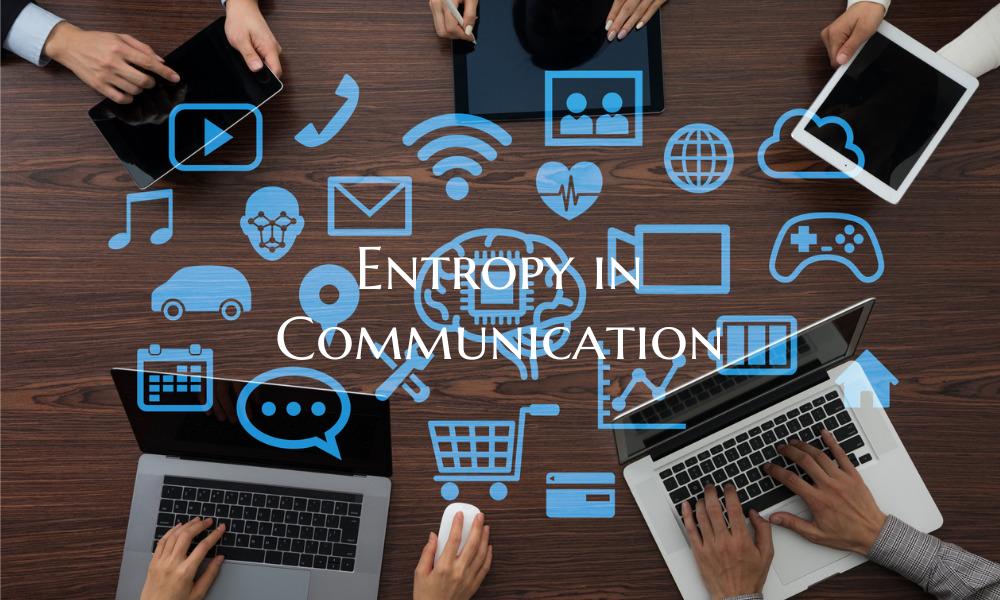Entropy in Communication
Introduction: Communication serves as the lifeblood of human interaction, facilitating the exchange of ideas, information, and emotions. Within this intricate web of communication lies the concept of entropy, a fundamental principle in physics that also finds relevance in the realm of human communication. This article delves into the fascinating interplay between entropy and communication, exploring how the concept influences the flow of information and the understanding between individuals.
Understanding Entropy in Communication: At its core, entropy represents a measure of disorder or randomness within a system. In the context of communication, entropy can manifest in various forms, such as noise, ambiguity, or distortion, that disrupt the clarity and efficiency of message transmission. Just as entropy dictates the natural tendency towards chaos and unpredictability in physical systems, it also influences the fidelity and accuracy of communication processes.
Implications of Entropy on Communication Channels: One of the key implications of entropy in communication is the potential for information loss or corruption during transmission. As messages traverse various channels and mediums, they encounter sources of entropy that introduce errors or distortions, leading to misunderstandings or misinterpretations. Ineffective communication channels with high entropy levels can result in breakdowns in the flow of information, hindering the exchange of ideas and compromising the intended meaning.
Mitigating Entropy through Effective Communication Strategies: While entropy poses challenges to communication, there are strategies to mitigate its effects and enhance message clarity. Clear and concise language, active listening, feedback mechanisms, and the use of redundancy are some tactics that can help counteract entropy and improve the accuracy and effectiveness of communication. By recognizing the presence of entropy and proactively addressing its impact, individuals and organizations can foster more meaningful and productive interactions.
The Evolution of Communication in Entropic Environments: In an increasingly complex and interconnected world, the dynamics of communication are constantly evolving, influenced by the presence of entropy in diverse forms. Digital communication platforms, for instance, introduce new dimensions of entropy through data compression, network latency, and information overload, challenging traditional communication paradigms. Adapting to these entropic environments requires a nuanced understanding of how entropy shapes communication processes and the adoption of agile strategies to navigate uncertainty and promote clarity.
Conclusion: Entropy in communication represents a fascinating convergence of science and human interaction, highlighting the intricate dance between order and disorder in the exchange of information. By recognizing the role of entropy and its implications on communication channels, individuals and organizations can enhance their communication strategies, fostering greater understanding and collaboration in an entropic world. Embracing the challenges posed by entropy can ultimately lead to more resilient and effective communication practices, enriching the fabric of our interconnected society.

